ANSC 1401 - Sheep
1/102
Earn XP
Description and Tags
Dr. Jackson's General Animal Science 1401 course at TTU: Sheep
Name | Mastery | Learn | Test | Matching | Spaced |
|---|
No study sessions yet.
103 Terms
What are the 7 categories of sheep?
Fine-wool breeds
Long-wool breeds
Medium-wool breeds
Meat breeds
Reproduction breeds
Shedding/hair sheep
Dairy sheep
What are the 4 main branches in the sheep industry?
Wool
Leather
Dairy
Meat
Are sheep considered a minor or major species in the U.S.?
Minor
Why were sheep in the past so valuable? Why has there been a decline in sheep numbers in the U.S.?
They were valuable for their fiber
It’s harder to find sheep sheerers
There aren’t many wool producers as synthetic has taken over
Not many have a taste for lamb/mutton
Where are sheep predominantly found in the world? What are they used for? Why?
Found within ethnic groups in Africa and the Middle East
Primarily used for consumption as some religions restrict meats like pork and beef
What state is the largest sheep producer in the U.S.? Does the U.S. have large or small sheep (sheep physical size)?
Texas
Large sheep (due to demand)
How many lambs do we want an ewe to have?
Typically 2 lambs
True or False: Wool production is on an incline
False. Wool production is on a decline due to synthetic fibers.
What type of sheep are on a slight incline?
Meat breeds (show lambs for FFA or 4-H)
Ram
Sexually mature, male sheep
Ewe
Sexually mature, female sheep
Lamb
Sheep that are under 1 year of age
The meat of a lamb.
Whether
Castrated, male sheep
Flock
A group of sheep
Ovine
Refers to sheep—species name
Dock
Referring to the area around the tail of a sheep
The act of removing the tail of the sheep
Why are sheep tails docked?
To prevent diseases that the tail could easily catch with urine/feces
Mutton
Meat obtained from a sheep that is older than 1 year
Lanolin
Oily substance from wool used in cosmetics/ointments
Wool
Fibers produced by the sheep
Fleece
The entirety of the wool produced from one sheep
Range flock
Primarily wool sheep
A flock of sheep maintained on a large land area with less input and large flocks (1,000+)
Farm flock
Primarily black-faced sheep
A flock of sheep maintained on a small land area with a lot of input and small flocks (<1,000)
What are the economically important traits of sheep?
Adaptability
Prolificacy/Reproduction
Commerical ewe flocks
Growth rate
Meat sheep
Carcass Merit
Muscle Mass
Fleece Traits
If value is in the wool
What breeds breed out of season?
All Fine-Wools
All Hair/Shed
Dorset
Polypay
What breeds are always polled?
Long-Wools
Medium-Wools
Meat Breeds
EXCEPT FOR THE DORSET
Finnsheep
Polypay
Barbados
What are the characteristics of the Fine-Wool breeds?
Found more in the west U.S. in range flocks
Produce 8-10 lbs of wool a year
Produce 2-6 inches of wool a year
All are white
All have open faces (no wool on face)
Less muscle and more fat
Ewes Polled; Rams Polled or Horned
What are the Advantages and Disadvantages of the Fine-Wool breeds?
Advantages: Wool quality and quantity, hardiness, adaptability to range conditions, longevity, flocking instinct (gregariousness), out-of-season breeding.
Disadvantages: Wool blindness, body wrinkles, poorly-muscled carcasses, slow growth rate, mature slowly, low lambing percentage.
What are the Fine-Wool Breeds?
Rambouillet
Delaine Merino
Debouillet
Rambouillet
Created in France using the Merino
Slightly bigger
Faster-growing
Well-bred (clean face)
Most important to the U.S.
Open-faced, white hooves, pink pigmentation
Horned or Polled
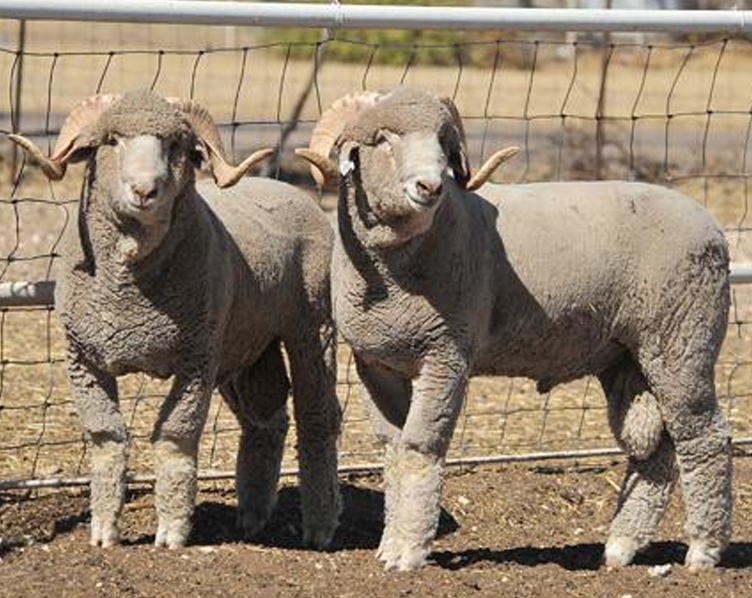
Delaine Merino
Originated in Spain
Most important worldwide
Finest wool of the fine-breeds
Horned or Polled
Good open-faced genetics
Used to have more skin
Bred off due to lack of eyesight and dirty fleeces
Still can see remnants of the genetics
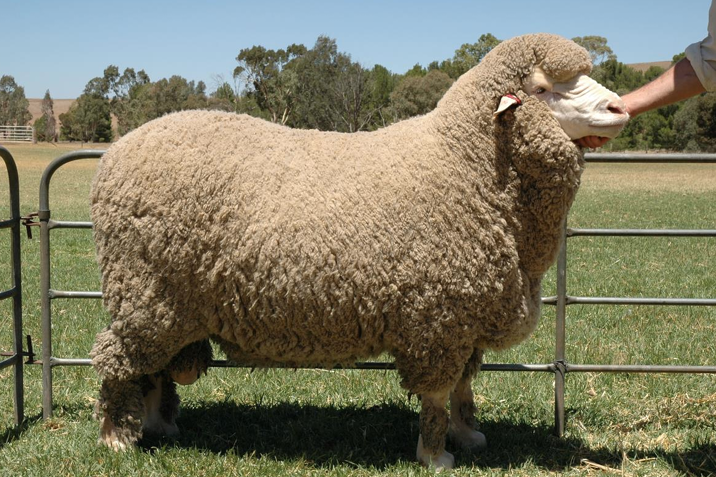
Debouillet
Originated in Mexico
Rambouillet x Merino
Declining in population
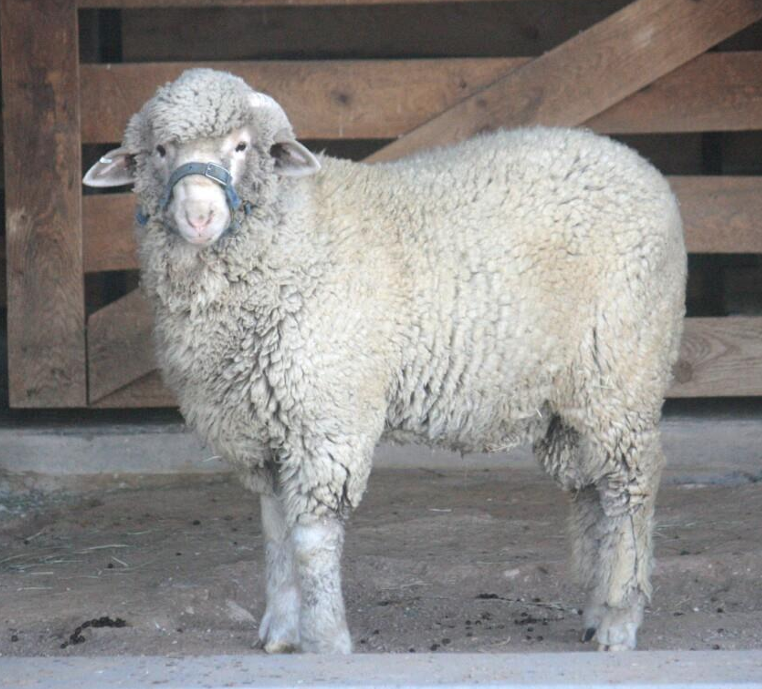
What are the characteristics of the Long-Wool breeds?
Bigger but similar to Fine-Wools
Less muscle, more fat
Produce 20-25 lbs of wool a year
Book says 14 to 16 lbs
Produce 12 inches of wool a year
Coarse and Heavy wool
Carpet industry
Rams and Ewes are Polled
What are the Advantages and Disadvantages of the Long-Wool breeds?
Advantages: Very large size, crossbreeding, heavy fleeces, long staple, high-yielding fleeces, milking ability
Disadvantages: Very coarse wool, low-quality carcass with excessive external fat, average prolificacy
What are the Long-Wool Breeds?
Lincoln
Cotswold
Leicester
Romney
Lincoln
Biggest of the Long-Wools
Bigger than the Rambouillet
Fastest growing
Longest fleece of the Long-Wools
Hair-like wool (drapes)
Dark Pigmentation
Used for a lot of cross-breeding
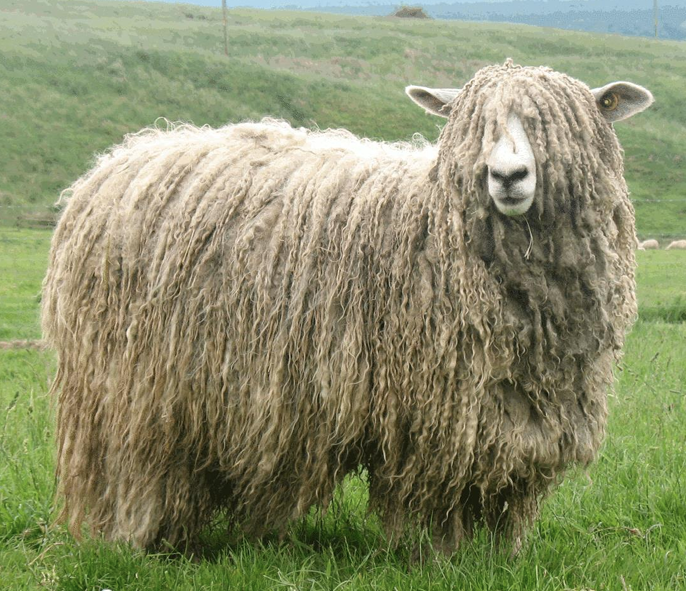
Cotswold
Smaller compared to other Long-Wools
Similar to the Lincoln
Not good sheep in general
Colorful genetics
Gray, tan, black and brown
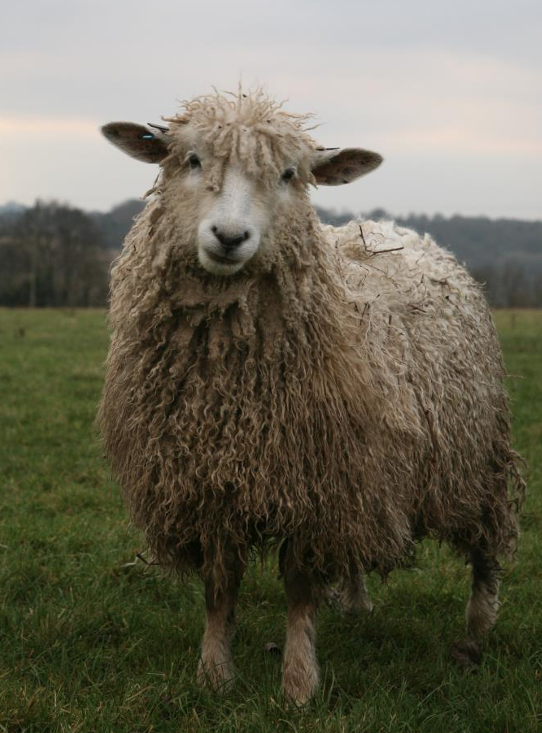
Leicester
Important in England
Originated there
Bald
Rabbit-faced
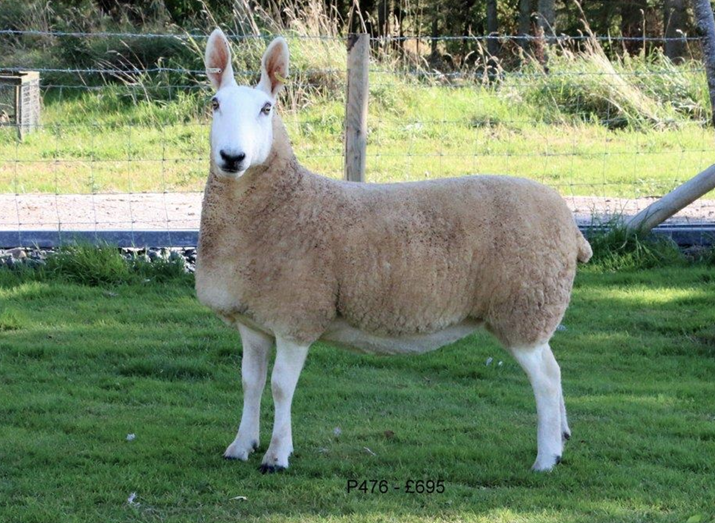
Romney
More similar to the fine-wools
Used in cross-breeding
Native to the Northwest U.S.
Known for resistance to feet rot
Dark pigmentations
Small carcass
Short body
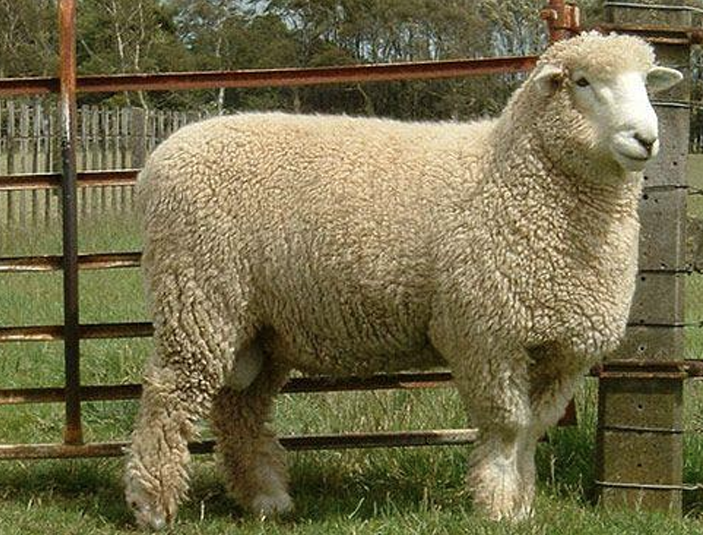
What are the characteristics of the Medium-Wool breeds?
Fine-wools x Long-wools
Created due to there being no middle ground between the wool breeds
Bigger than Fine-wools
Rams and Ewes are Polled
What are the Advantages and Disadvantages of the Medium-Wool breeds?
Advantages: Large size, heavy fleeces, good performers in range conditions
Disadvantages: Wool is coarser than fine-wool breeds, carcass is acceptable but not muscular
What are the Medium-Wool Breeds?
Columbia
Corriedale
Targhee
Columbia
Lincoln x Rambouillet
Very intermediate breed
More valued than Long-wools
Originated in Wyoming
Found in the plains/forage states
Pink pigmentation and always polled
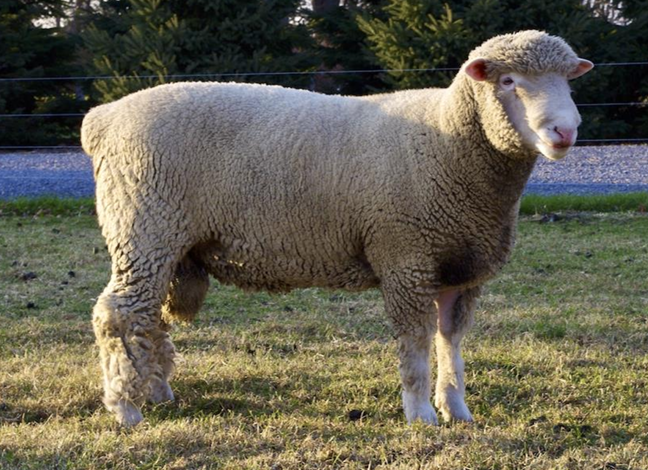
Corriedale
Lincoln x Merino
Created in New Zealand
Dark pigmentation on Feet and Nose
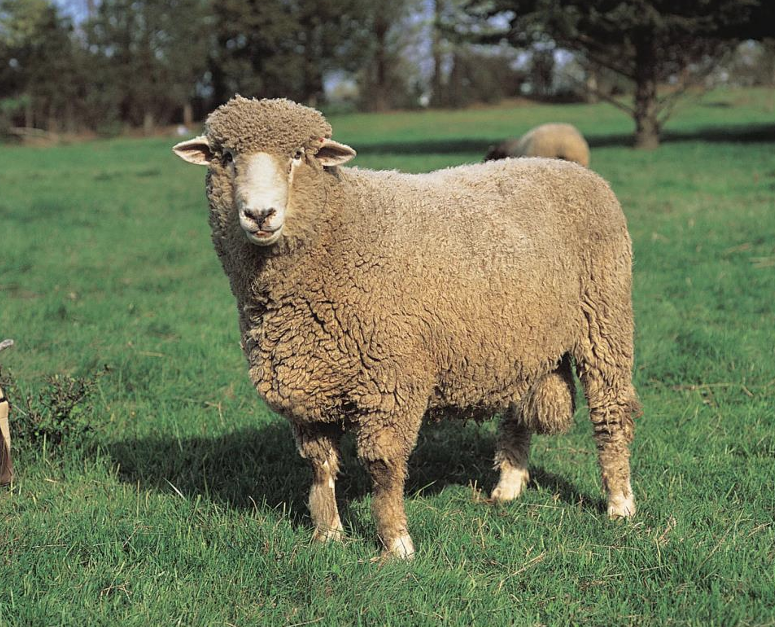
Targhee
Created as a USDA experiment in Idaho
Columbia x Rambouillet
Rising in popularity
Could beat out the Columbia
Tend to produce the most wool out of the medium-breeds
Always polled
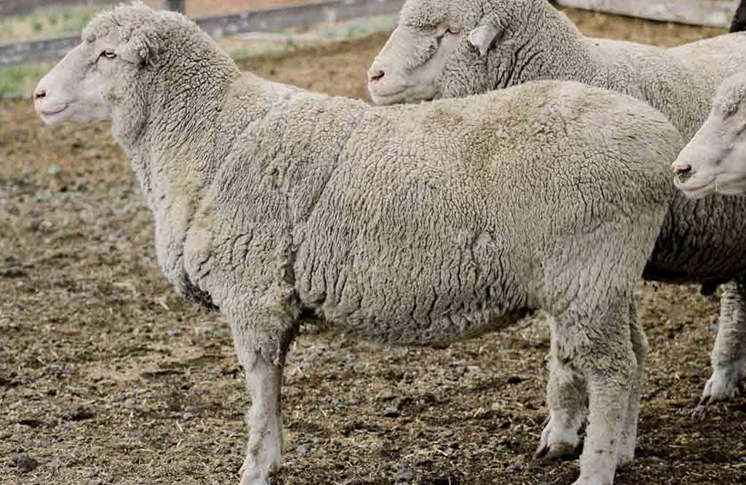
What are the characteristics of the Meat breeds?
All originate in England except for the Texel and Montadale
Fast-growing, farm flocks
Eat less, yet more muscular
Better reproduction and milk production
Short, coarse wool (typically waste)
Rams and Ewes are Polled
EXCEPT the Dorset
What are the Advantages and Disadvantages of the Meat breeds?
Advantages: Fast-growing, excellent carcasses, prolificacy
Disadvantages: Coarse, light weight fleeces, lack flocking instinct, not good under range conditions, black fibers are a problem in breeds with dark markings
What are the Meat Breeds?
Suffolk
Hampshire
Dorset
Southdown
Oxford
Shropshire
Cheviot
Montedale
Texel
Suffolk
Most important alongside the Hampshire
Were historically better, but the Hampshire has surpassed them in recent years
Slick, black heads and legs
They are the biggest and heaviest of the meat breeds
Prone to Scrapie & Spider-lamb
Scrapy: Degenerative nerve disease
Spider-lamb: Skeletal deformations
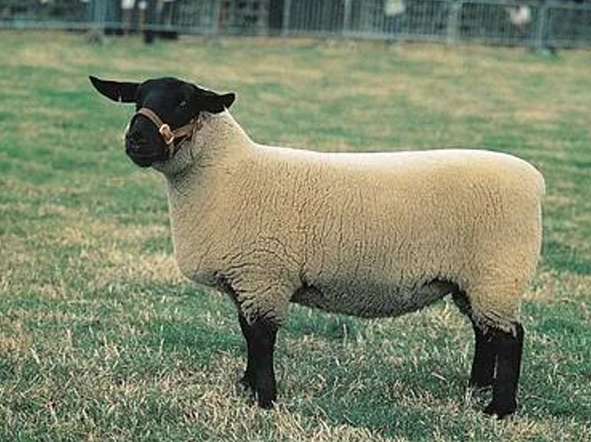
Hampshire
Similar to the Suffolk
More of the face is covered along with the hocks (knees)
Have a wool cap
Noted for bone mass
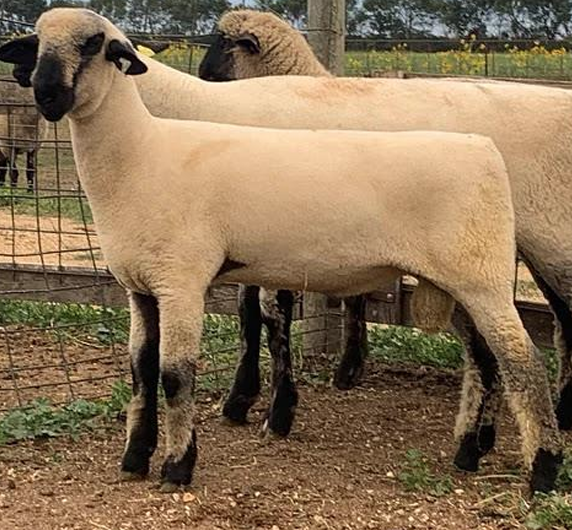
Dorset
All white and open-faced
More efficient reproductively
Milk is better
Horned or Polled
Breed out-of-season
Pink pigmentation
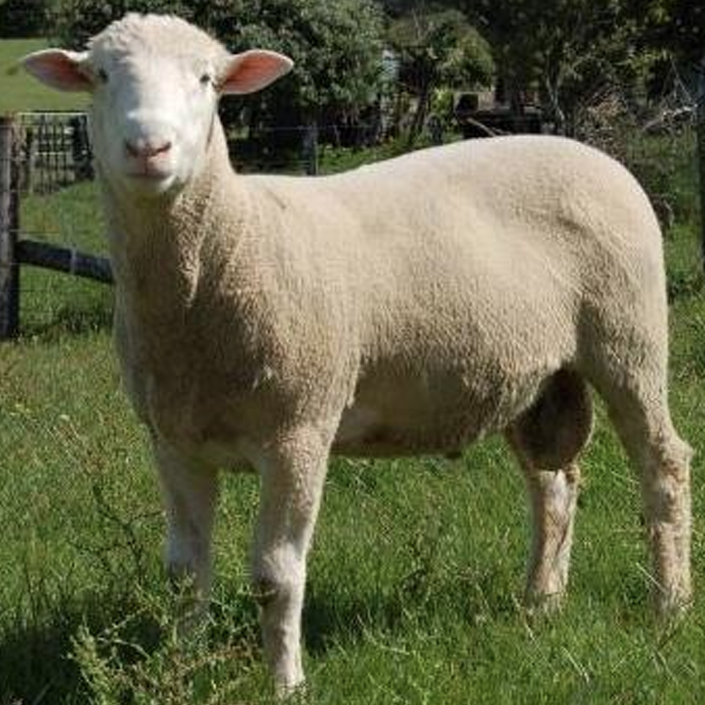
Southdown
One of the first established breeds
Most meat breeds can be traced back to it
Wool is found on their face
Are NOT open-faced
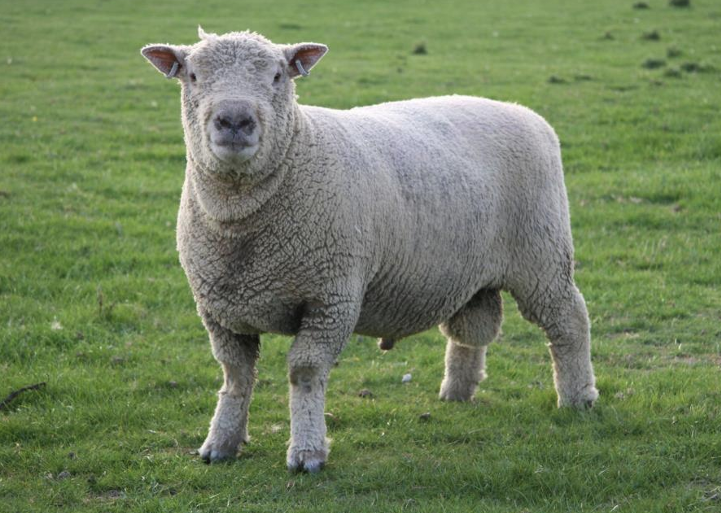
Oxford
Hampshire genes
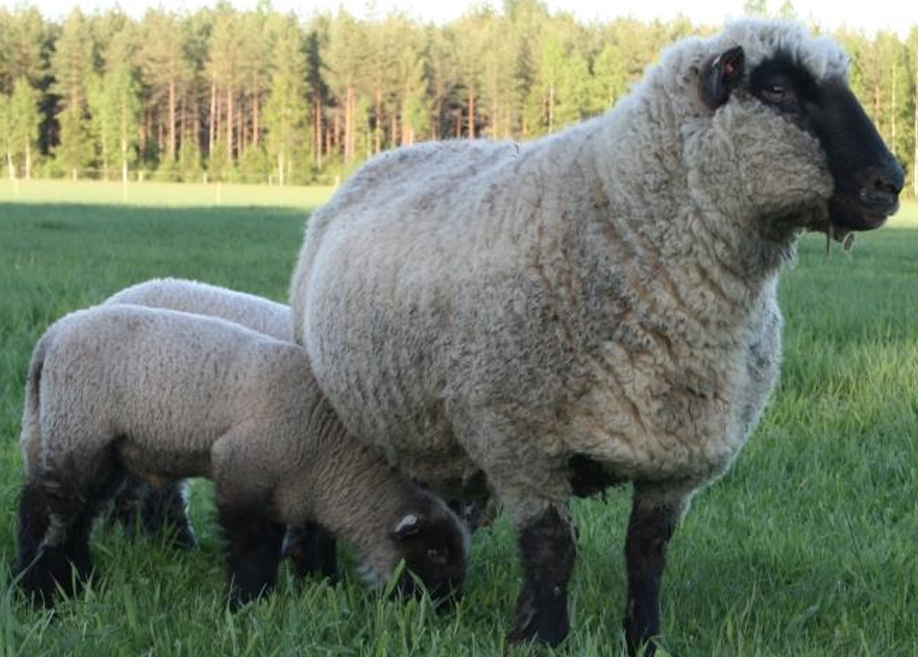
Shropshire
Little and irrelevant
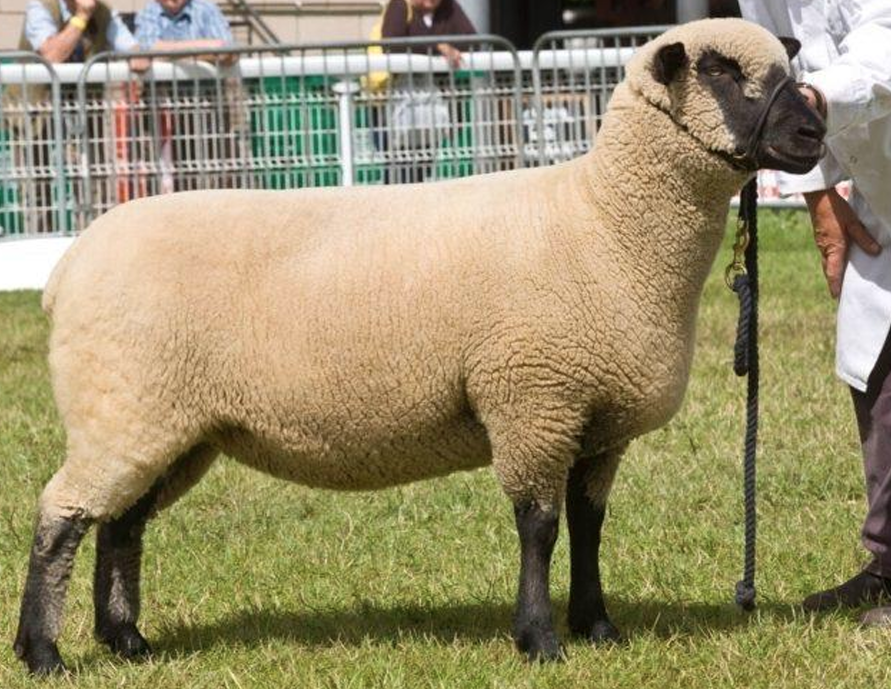
Cheviot
From Scotland
Noted for its erect ears and bald face
Has a wider face compared to Liecesters
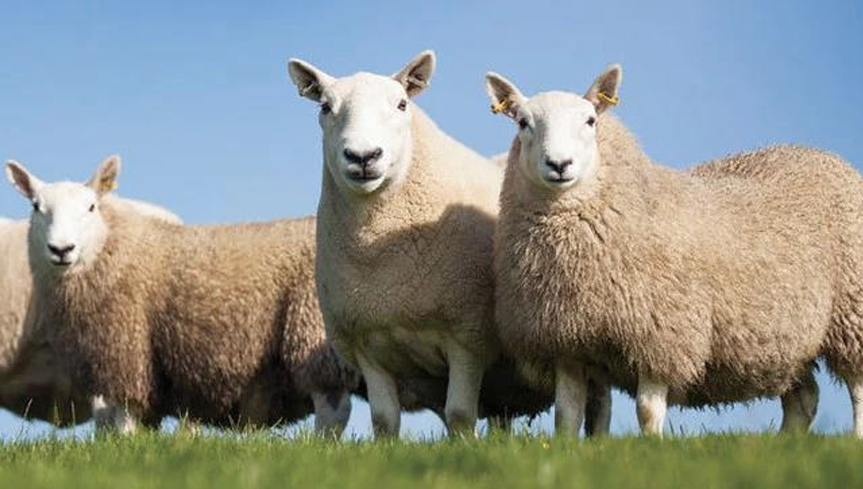
Montadale
Cheviot x Columbia
Ears and face resemble those of a Cheviot
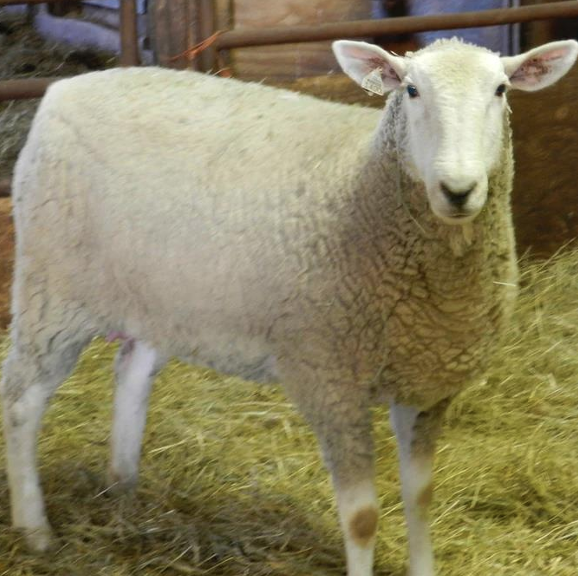
Texel
Originated in Holland in the 1980s/1990s
Known in Europe as a dominant meat breed
Noted for their heavy muscles and excellent carcasses
Disadvantages: Poor wool quality and Quite small
Up to an average human’s knee

What are the Reproductive Breeds?
Finnsheep
Polypay
Boorola Merino
Romanov
Finnsheep
From Finland
Adv: High fertility, milk well, good maternal instincts
High lamb survivability
Usually can produce 4-5 lambs
Very tough
Dis: Small, no muscle
Tails and NOT docked
They are born with short tails
Rams and Ewes are Polled
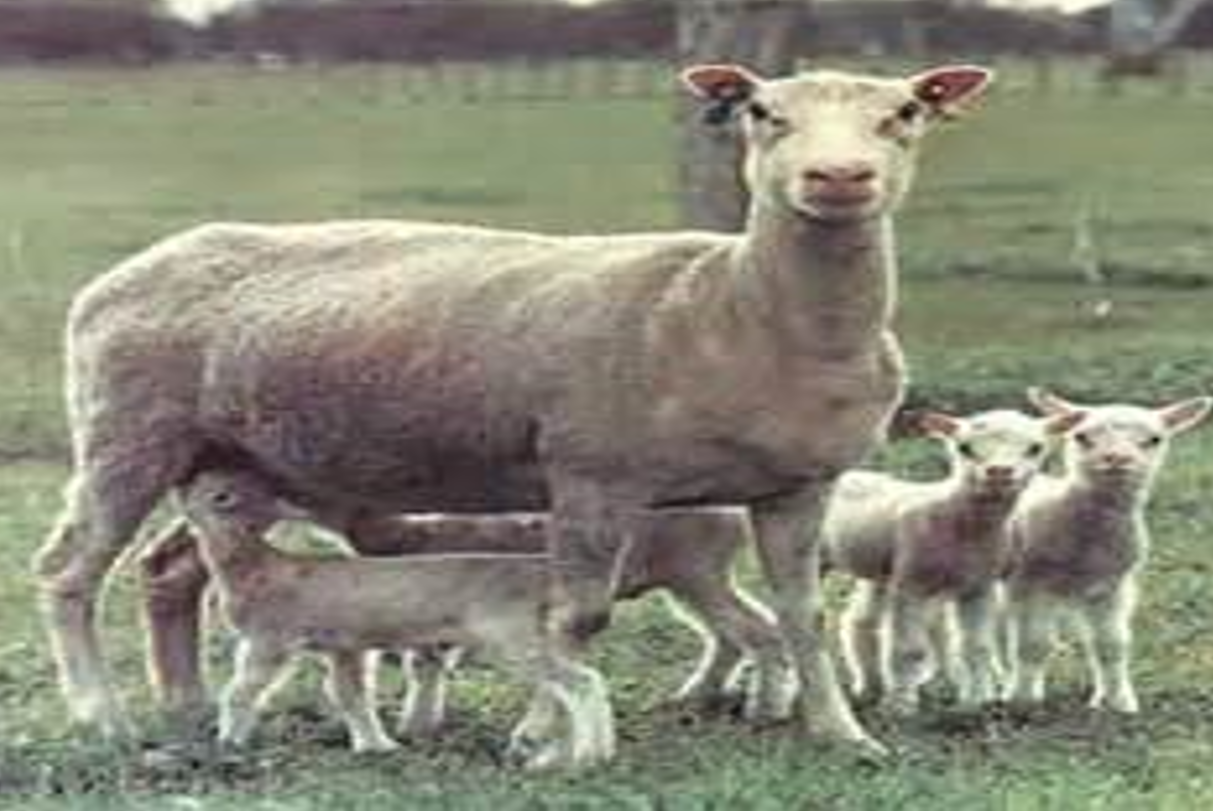
Polypay
White sheep breed
Decent enough wool
Rambouillet x Dorset x Finnsheep x Targhee
Poly = many
Decent carcass value
Flocking instinct
Good mothers; good instincts
Can breed out-of-season
Produce 2-3 lambs
Polled
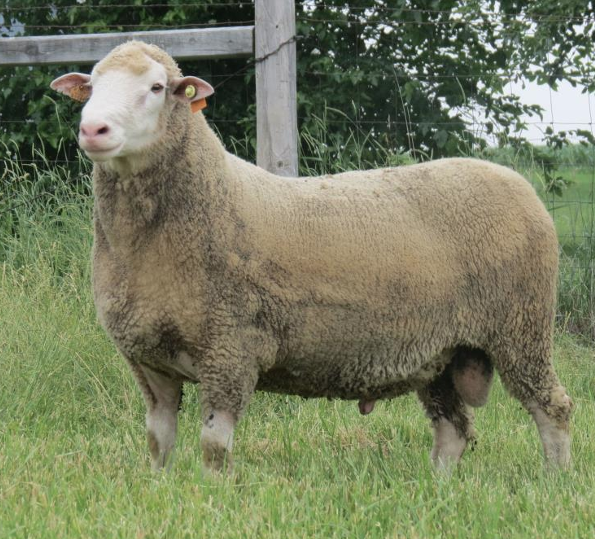
Boorola Merino
Bred specifically for one gene
Mutation that produces 4-6 lambs
Known for a high reproduction rate
Inbreeding has caused problems
Greasy fleeces
Undesirable wrinkles
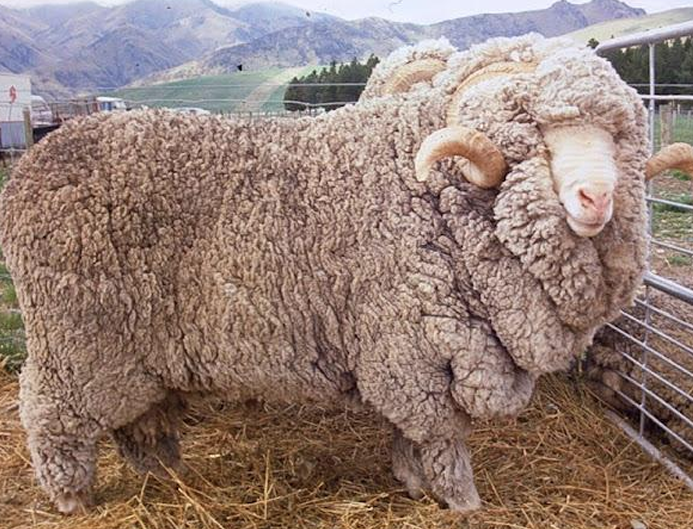
Romanov
Dark sheep due to their dark pelts
Black face w white on head/nose
Fleece has no valueLambs are born black
Good maternal breed
High lamb numbers
Good instincts and very tough
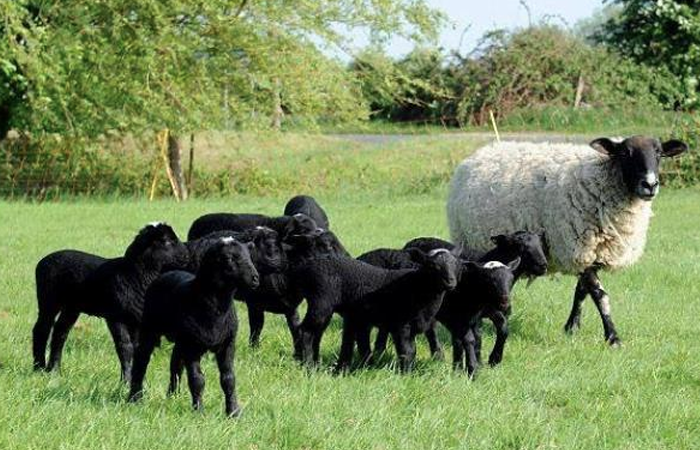
What are the characteristics of the Hair breeds?
Originate in tropical/humid/hot environments like islands
Remarkable survival skills
Adaptable and tough
They have genetic parasite resistance
Bodies contain a genetic mechanism that will kill parasites
Some disadvantages are no wool, a lack of muscles and slow growth
High reproduction prolificacy
Breed out of season
What are the Advantages and Disadvantages of the Hair Sheep and Shedding breeds?
Advantages: Adapted to hot, humid environments, have genetic parasite resistance, shed wool, breed out of season, better than average prolificacy, young age at puberty, good under range conditions
Disadvantages: Slow growth rate, small, light-muscled carcasses
What are the Hair Breeds?
Dorper (shedding)
St. Croix
Royal White
Barbados Blackbelly
Katahdin
Pelibuey
Texas Dahl
Dorper
Shedding sheep
Does NOT have the parasitic resistance that hair sheep have.
Were imported from South Africa in the 1990s
Dorset x Blackhead Persian
Subcategory of fat-tails
Fit for desert survival
Recent strain of whiteheads
Meaty, tough, stocky, adaptable
Can thrive in a multitude of environments
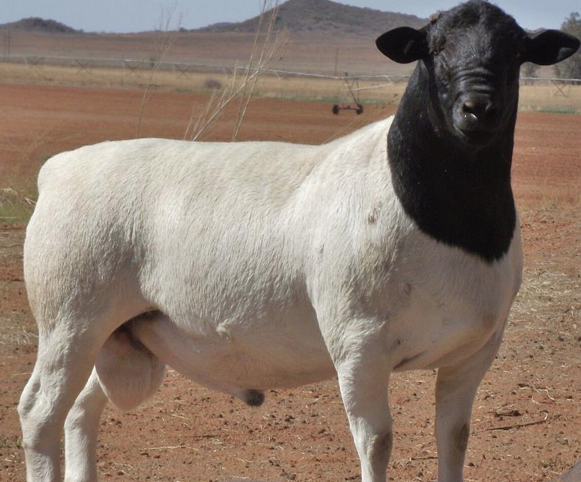
St. Croix
Originated in the Virgin Islands
White breed
Noted for their adaptability
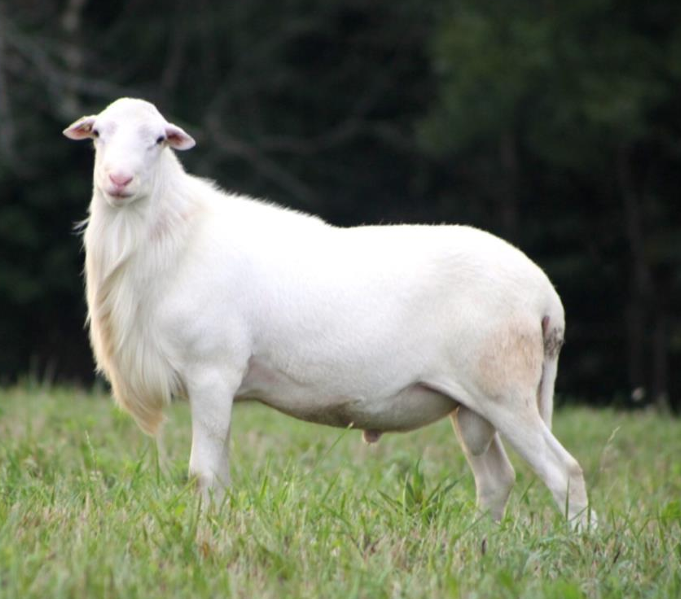
Royal White (Dorpcroix)
Created in America
St. Croix x Dorper
More muscular compared to the St. Croix
Good reproductivity
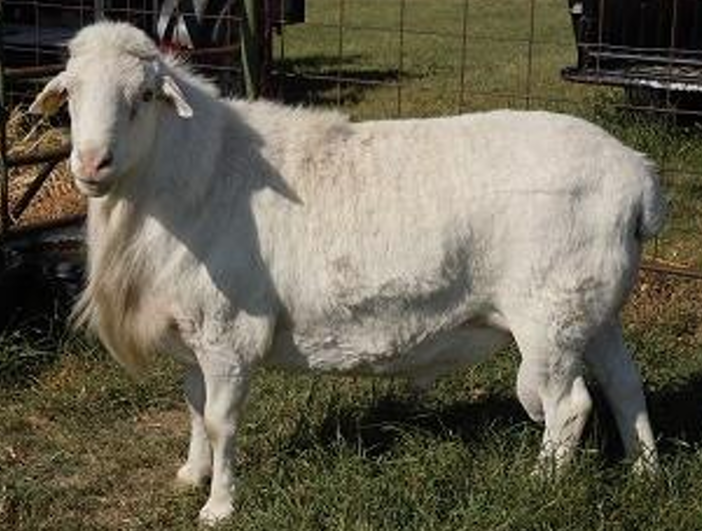
Barbados Blackbelly
One of the first hair sheep to be imported to America
Will be polled
Another breed (Mouflon x Rambouillet) created the Barbados, a horned breed marketed for hunting
Known for their toughness and durability
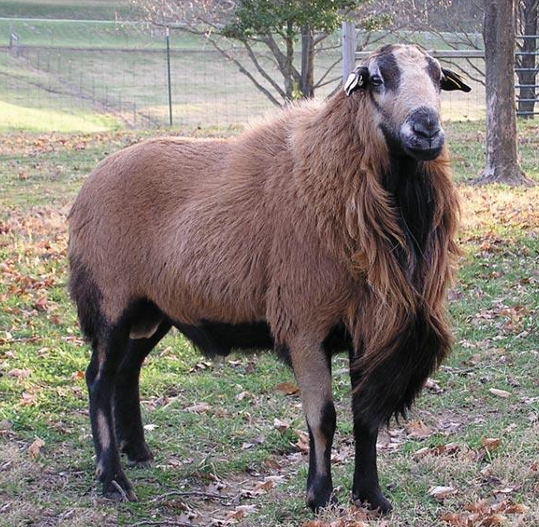
Katahdin
Another breed recently created in the U.S. (Maine)
St. Croix x Wiltshire Horn (British Shedding Sheep) x Suffolk
Breeders took a strain of Suffolk who actively shed
Genetics created an all-white, polled and more muscular hair sheep
Can be tan, yellow, brown or speckled
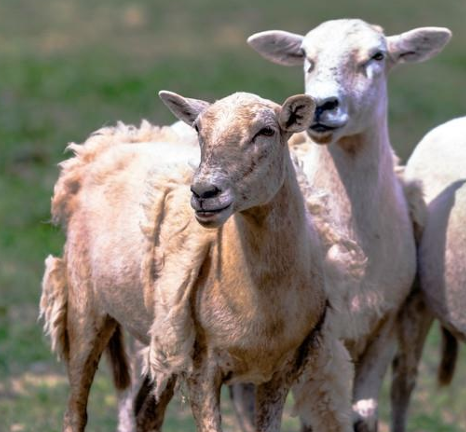
Pelibuey
Originated in Central/South America
Will be an orangish/white color
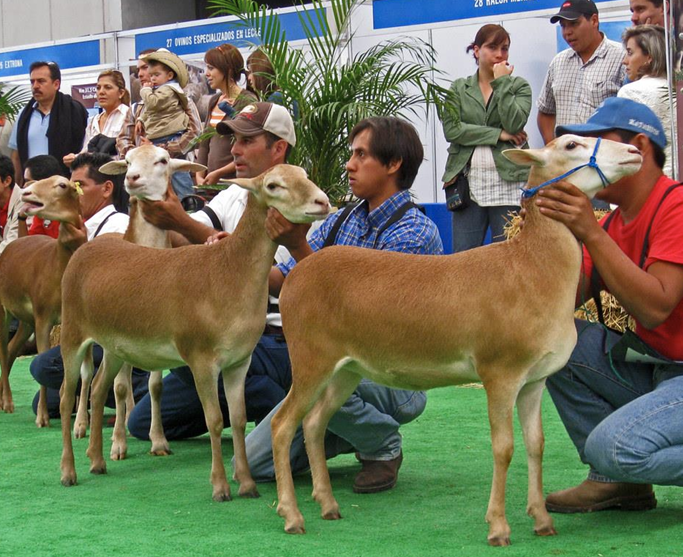
Texas Dahl
Genetically traces back to the Barbados
Also have Rambouillet genetics
Light in color and have large horns
Marketed for hunting
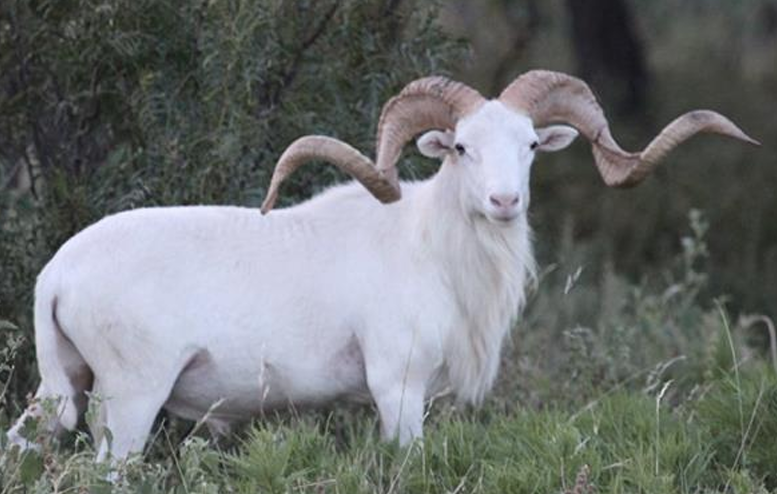
What are the characteristics of the Dairy breeds?
The majority are found in the Great Lakes States
Minnesota, Wisconsin, Michigan, etc.
Their reproduction & milk production rates entirely dictate industry
Milk is primarily used for cheese
East Friesian x Finnsheep (or Dorsets)
Friesian irrelevant
Equipment can be used interchangeably between dairy sheep & goats because of their similarity
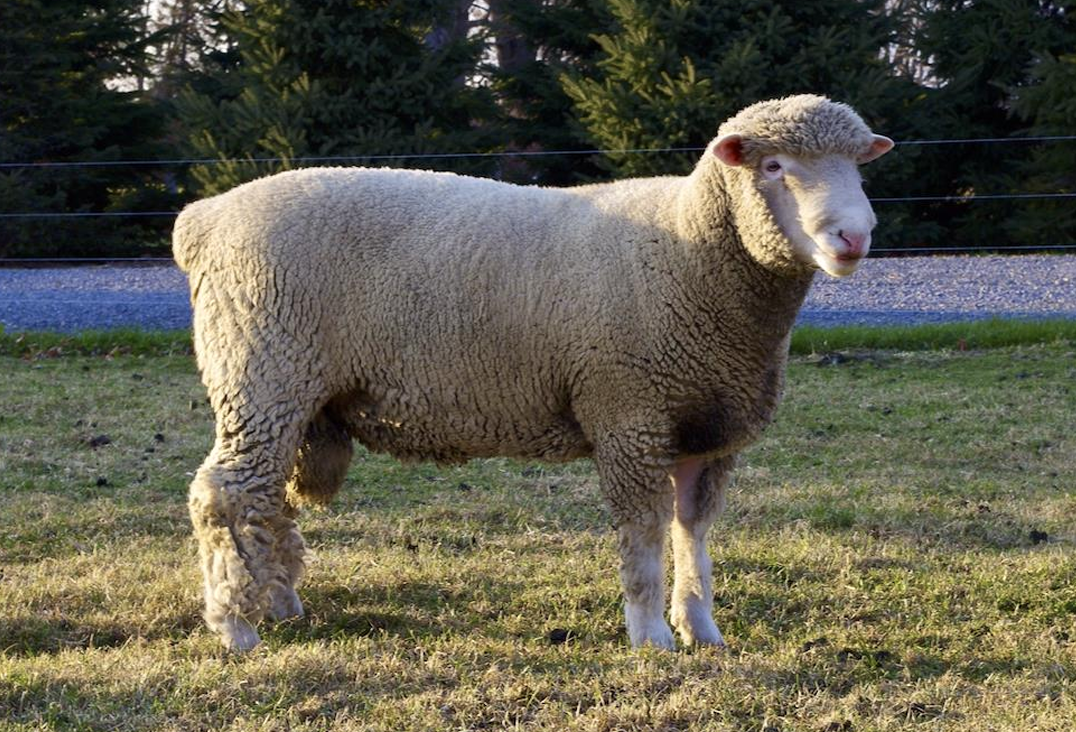
What Category does this sheep belong to?
It is a Columbia
Medium-Wool
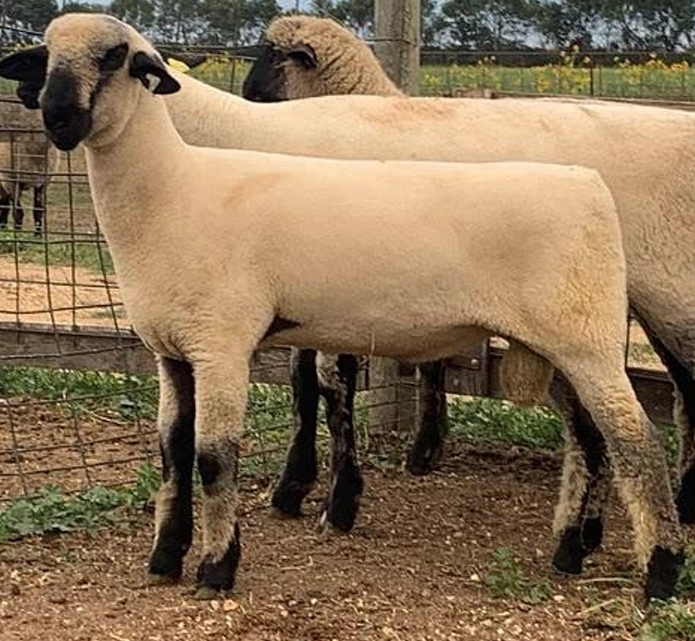
What is the Name and Category of this sheep?
Hampshire
Meat
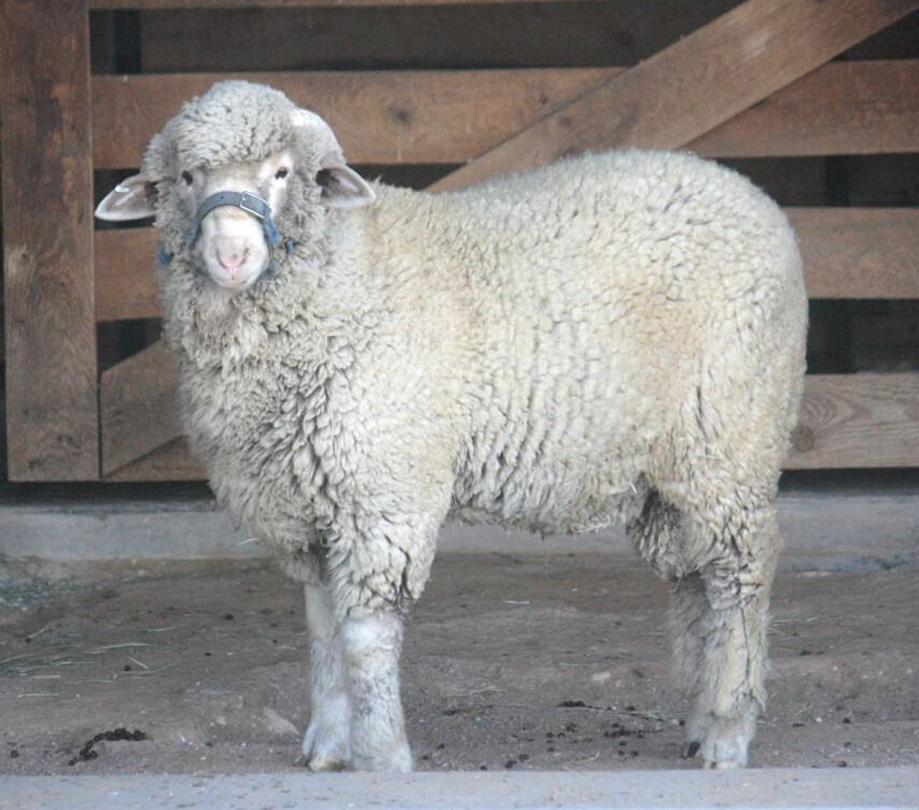
What Category does this sheep belong to?
It is a Debouillet
Fine-Wool

What Category does this sheep belong to?
It is a Cotswold
Long-Wool
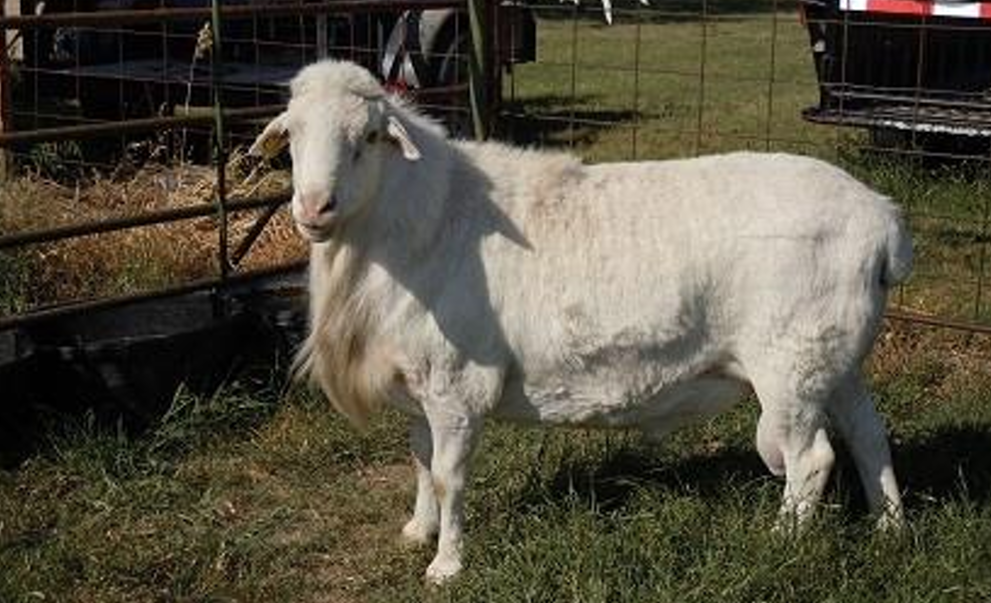
What is the Name and Category of this sheep?
Dorpcroix
St. Croix wouldn’t be wrong in Jackson’s terms
Hair
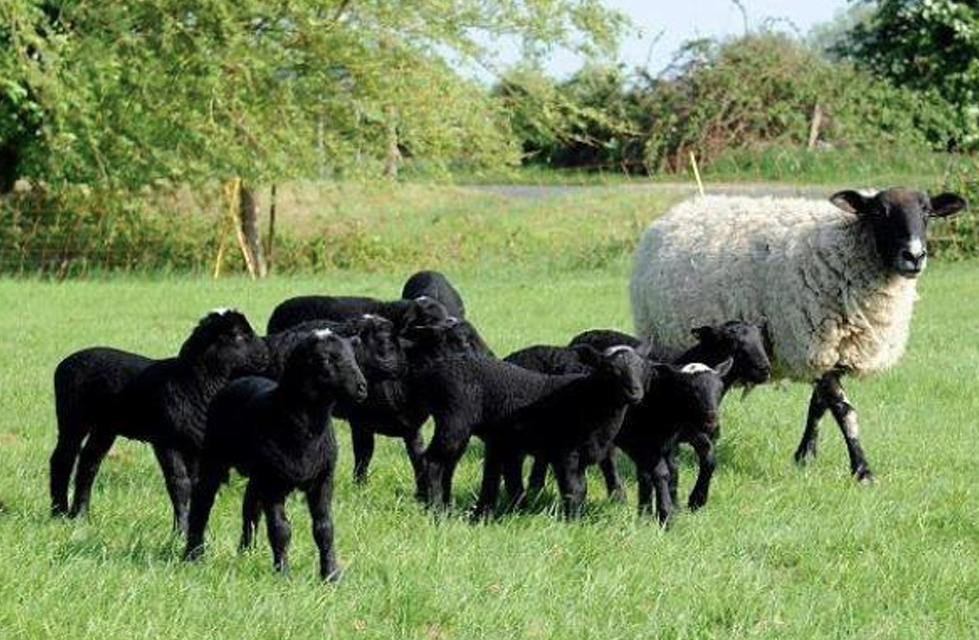
What is the Name and Category of this sheep?
Romanov
Reproduction
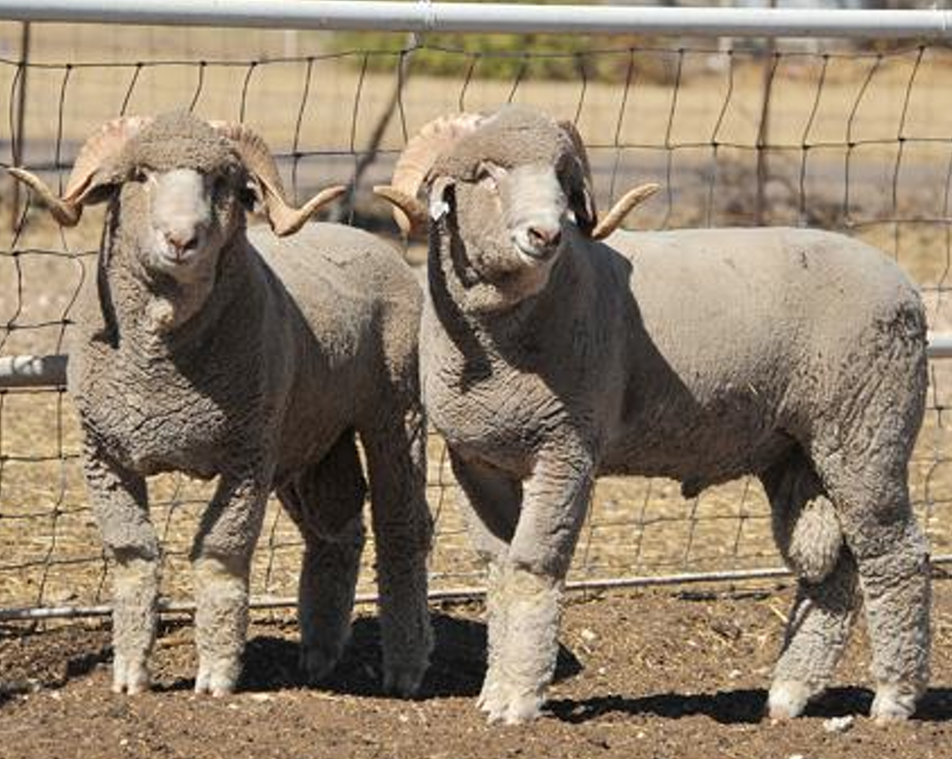
What Category does this sheep belong to?
It is a Rambouillet
Fine-Wool
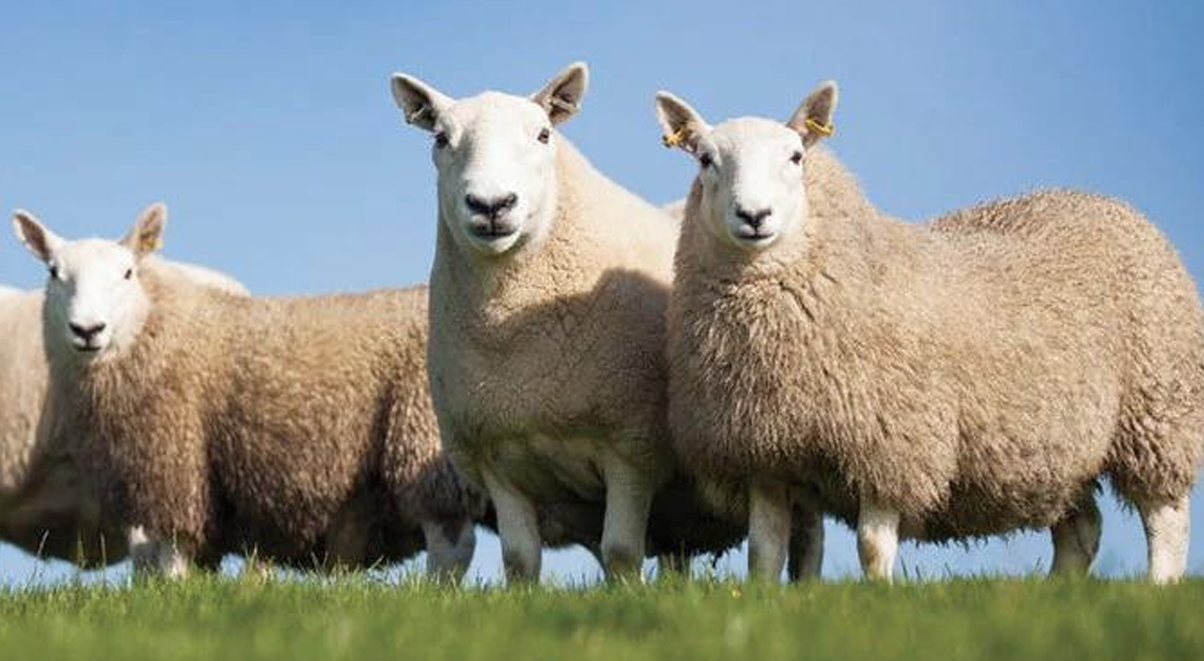
What is the Name and Category of this sheep?
Cheviot
Meat
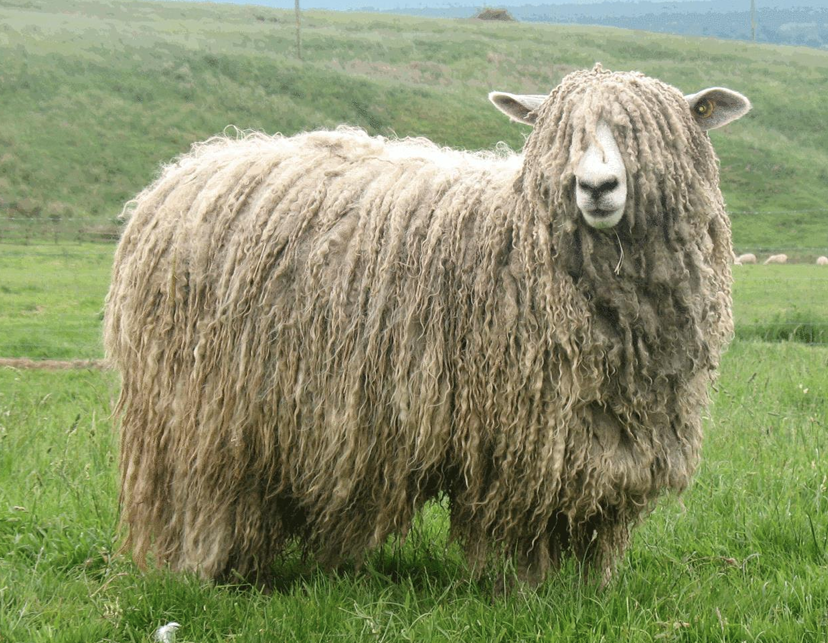
What Category does this sheep belong to?
It is a Lincoln
Long-Wool
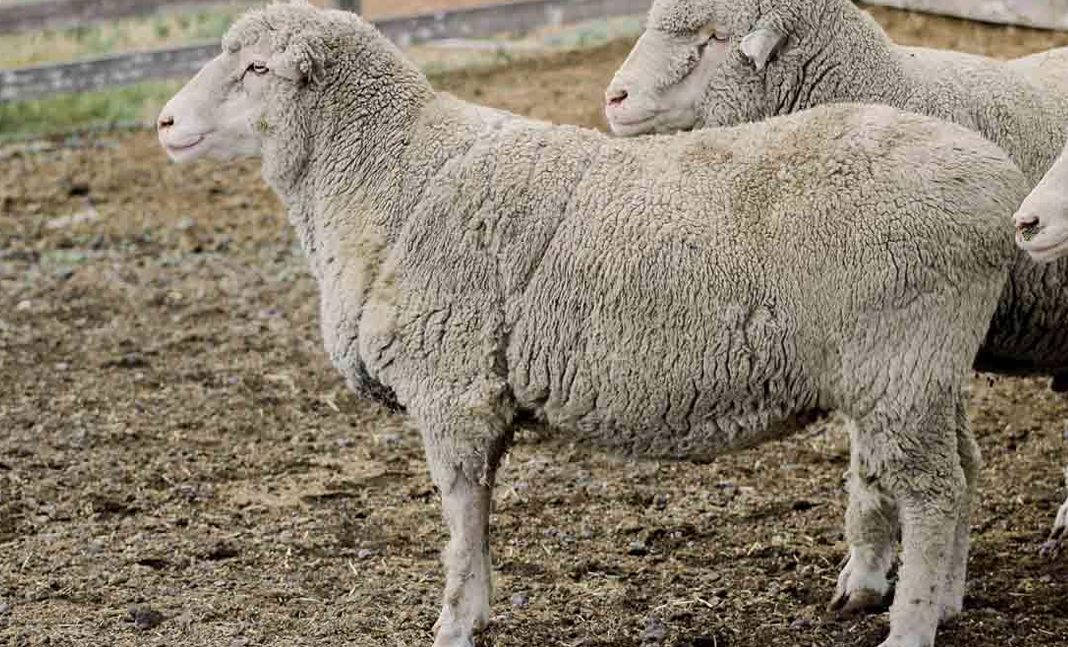
What Category does this sheep belong to?
It is a Targhee
Medium-Wool
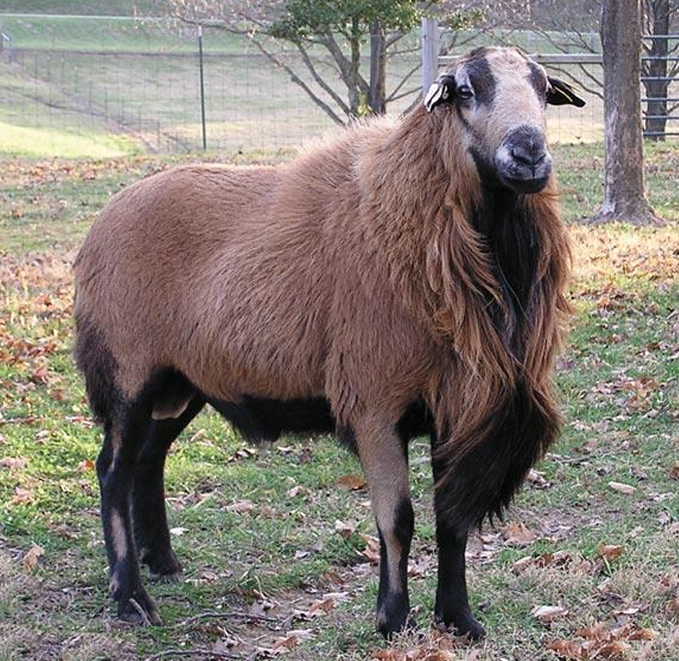
What is the Name and Category of this sheep?
Barbados Blackbelly
Hair
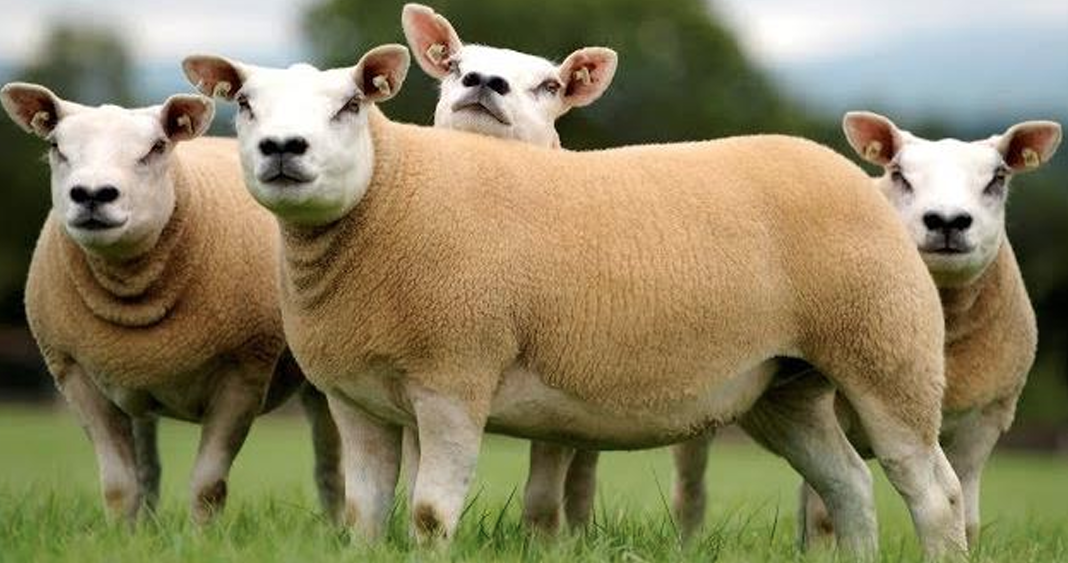
What is the Name and Category of this sheep?
Texet
Meat
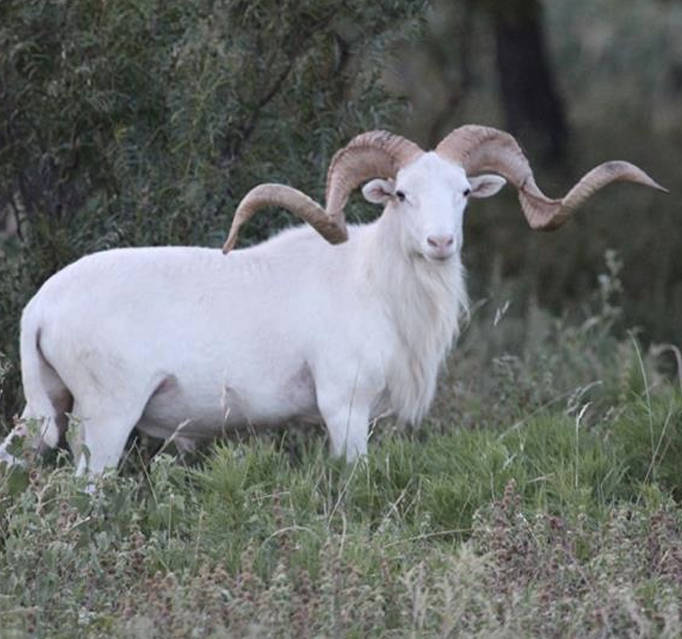
What is the Name and Category of this sheep?
Texas Dahl
Hair
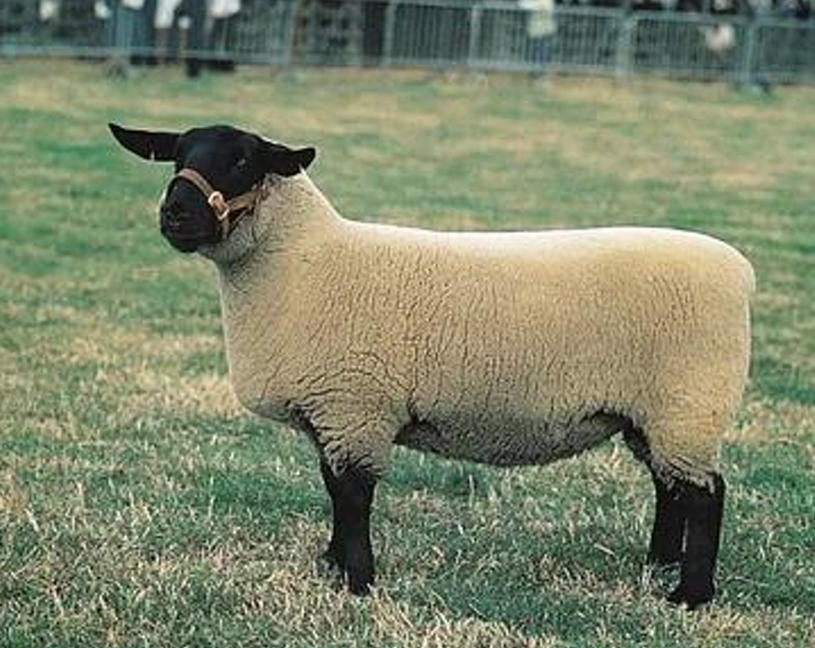
What is the Name and Category of this sheep?
Suffolk
Meat
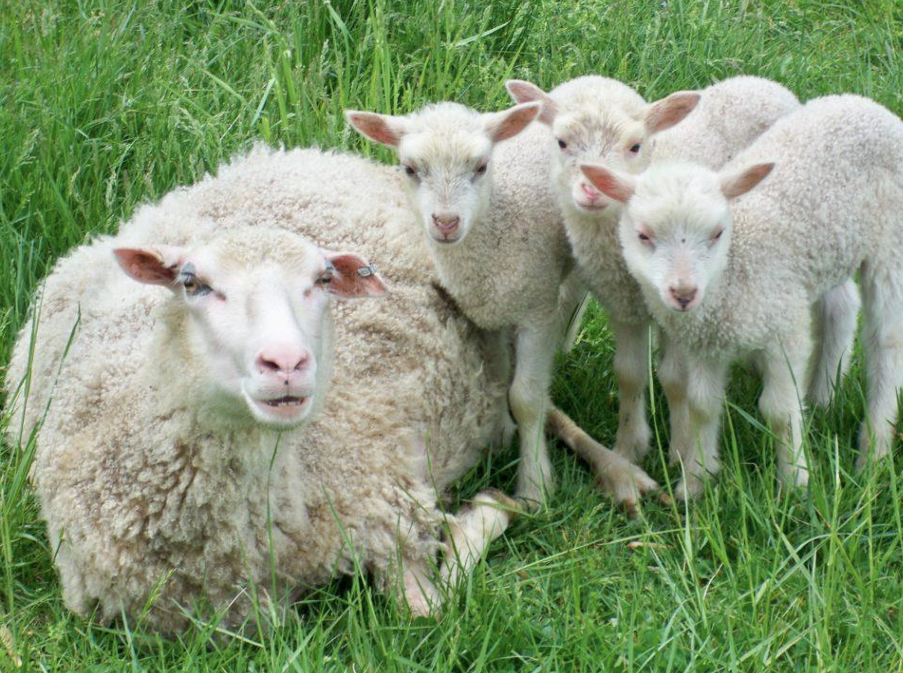
What is the Name and Category of this sheep?
Finnsheep
Reproduction
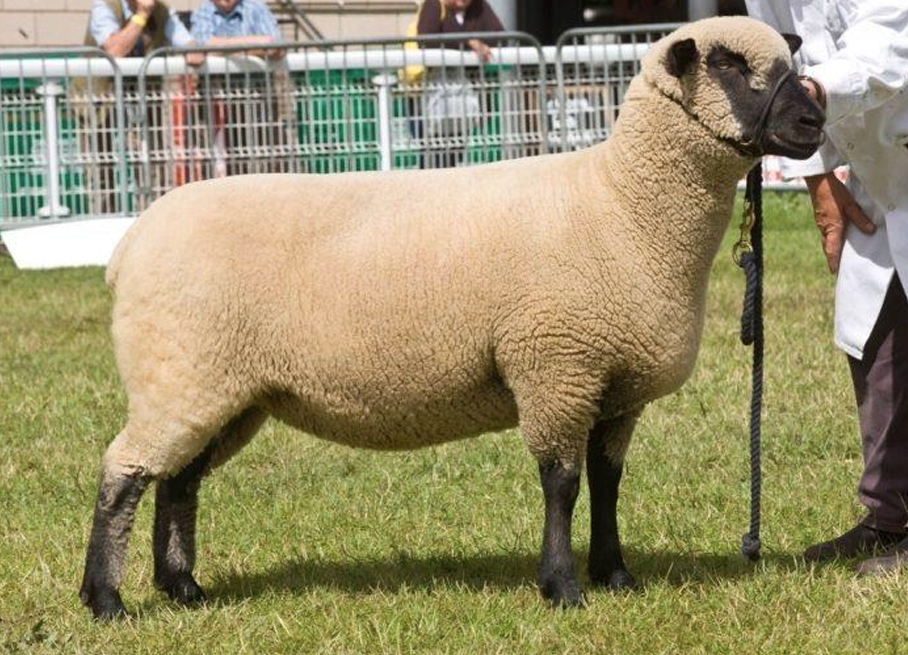
What is the Name and Category of this sheep?
Shropshire
Meat
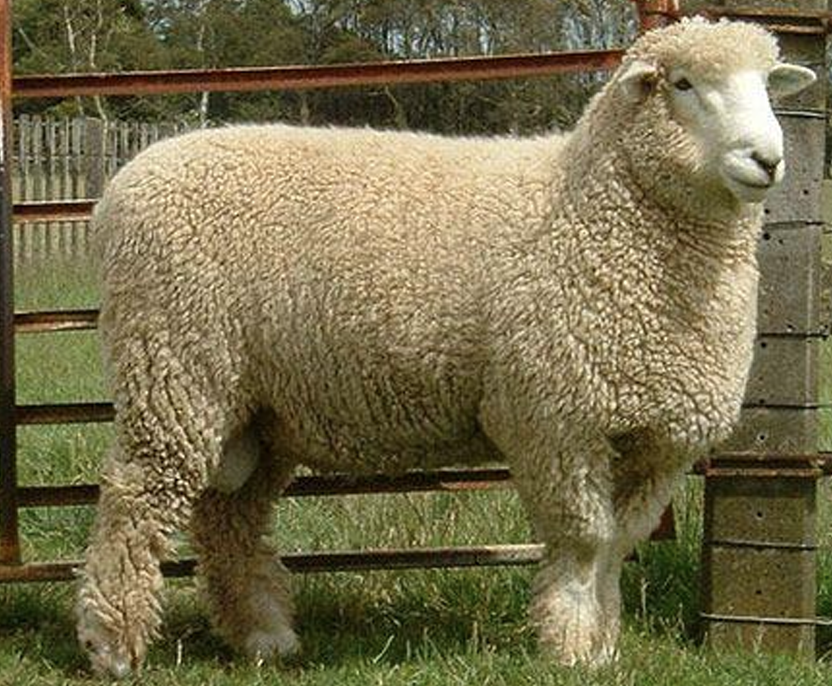
What Category does this sheep belong to?
It is a Romney
Long-Wool
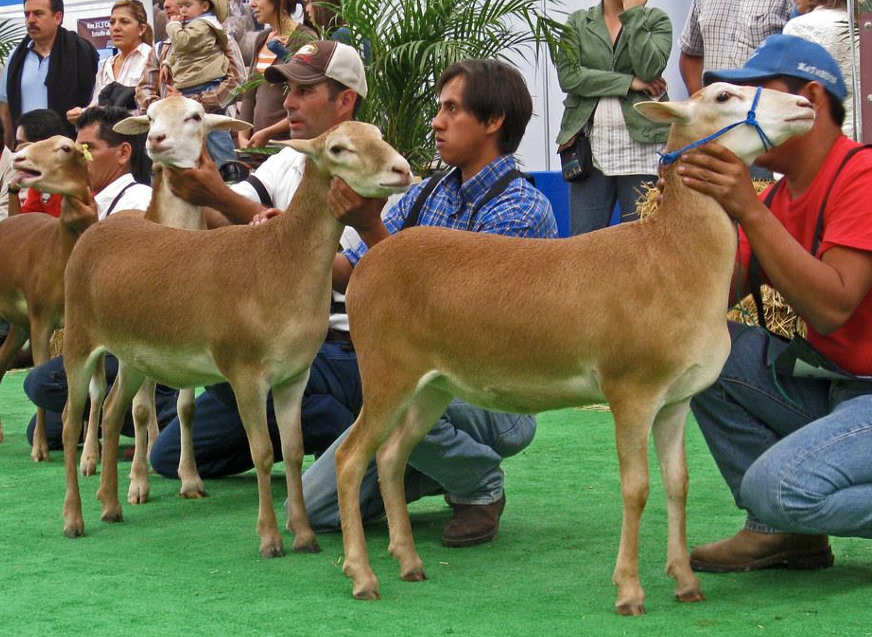
What is the Name and Category of this sheep?
Pelibuey
Hair
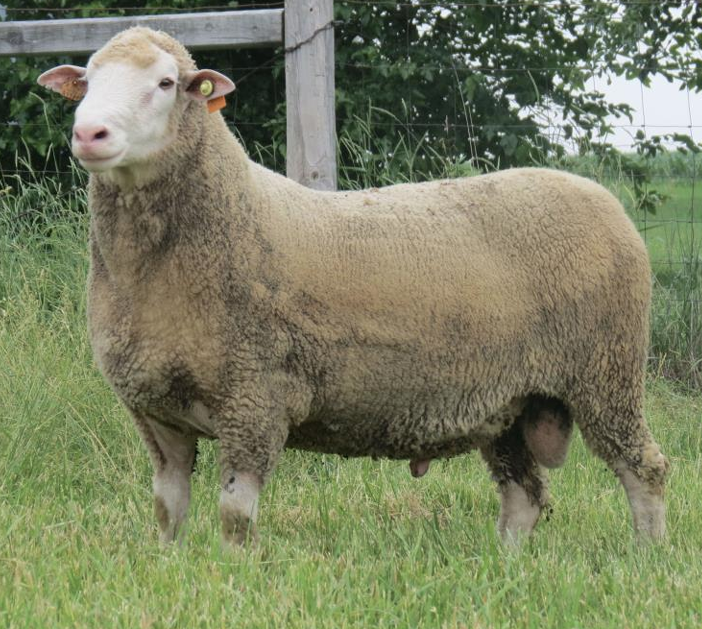
What is the Name and Category of this sheep?
Polypay
Reproduction
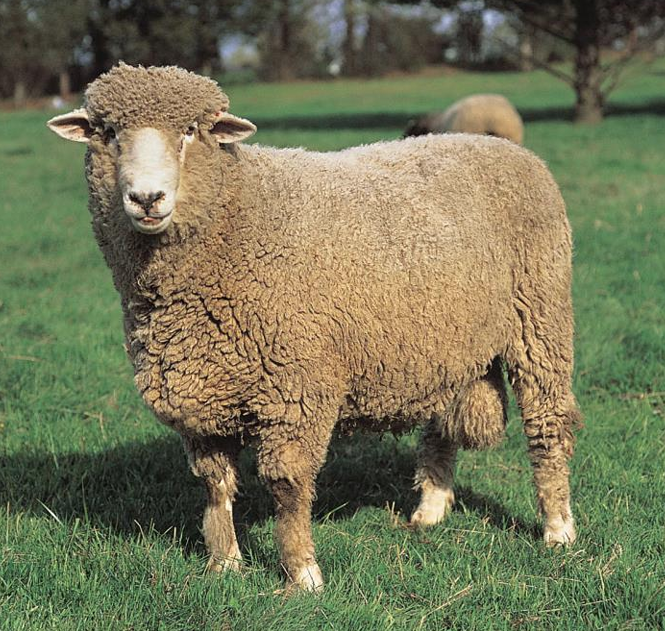
What Category does this sheep belong to?
It is a Corriedale
Medium-Wool
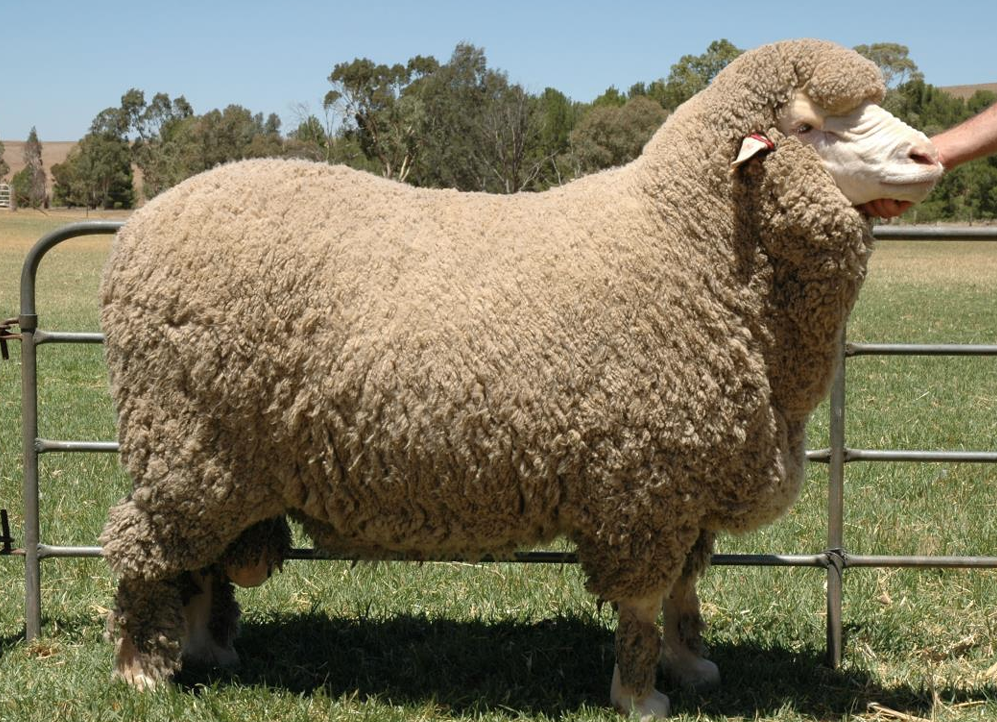
What Category does this sheep belong to?
It is a Merino
Fine-Wool
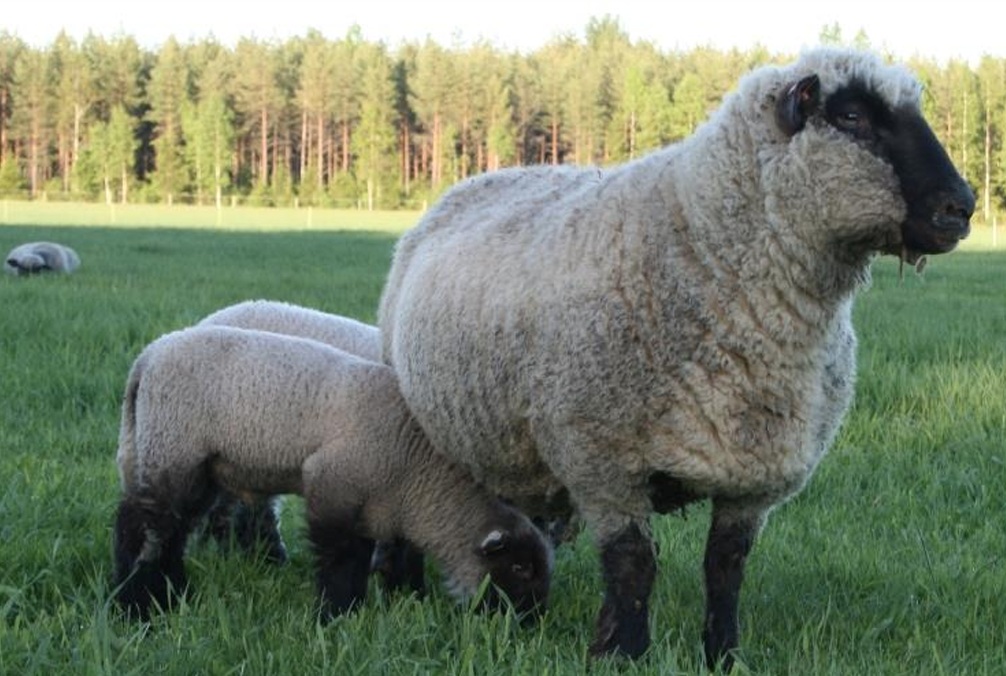
What is the Name and Category of this sheep?
Oxford
Meat
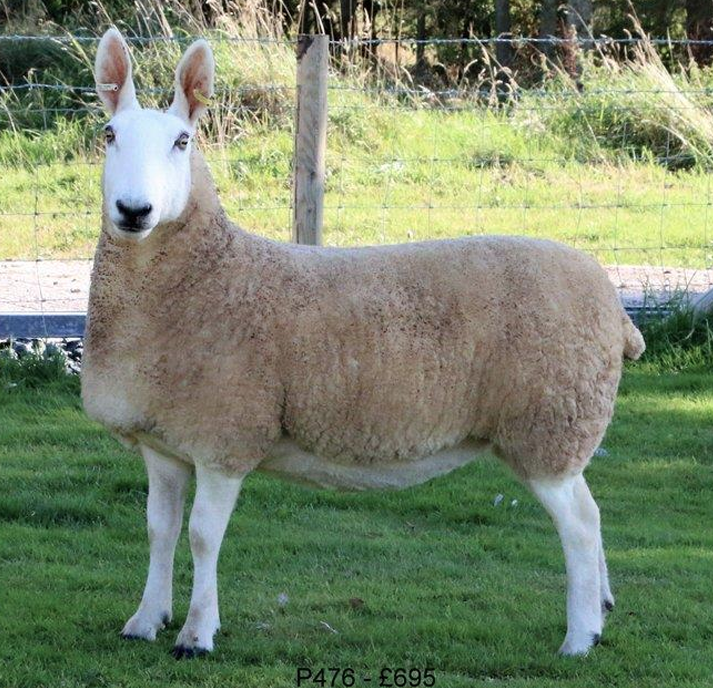
What is the Name and Category of this sheep?
Leicester
Long-Wool
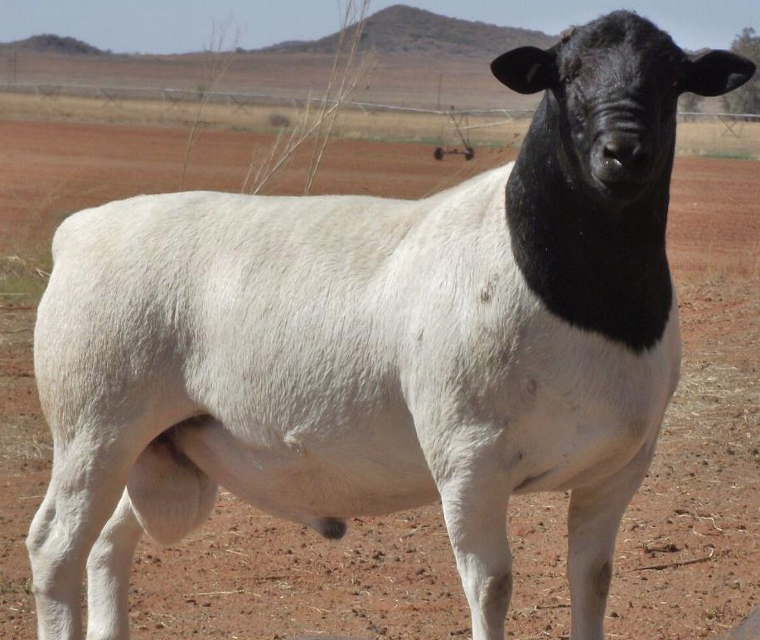
What is the Name and Category of this sheep?
Dorper
Shedding
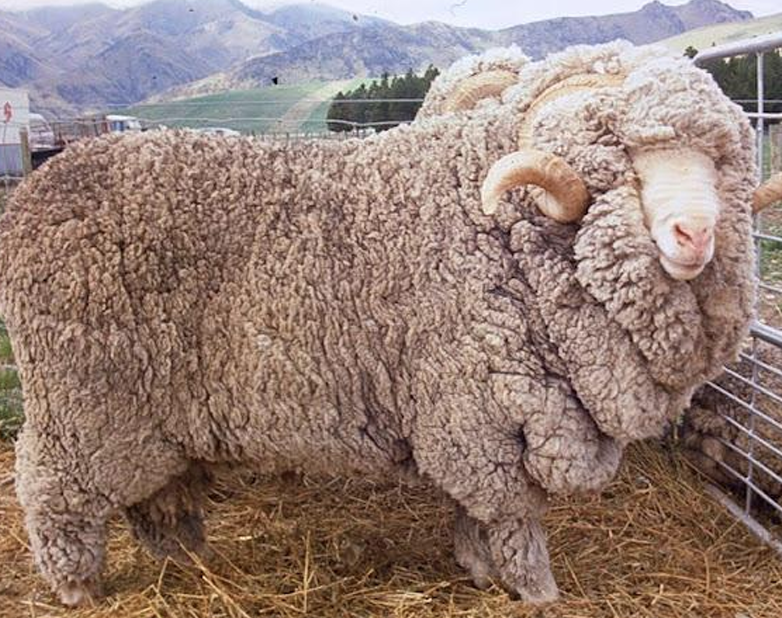
What is the Name and Category of this sheep?
Boorbola
Reprod
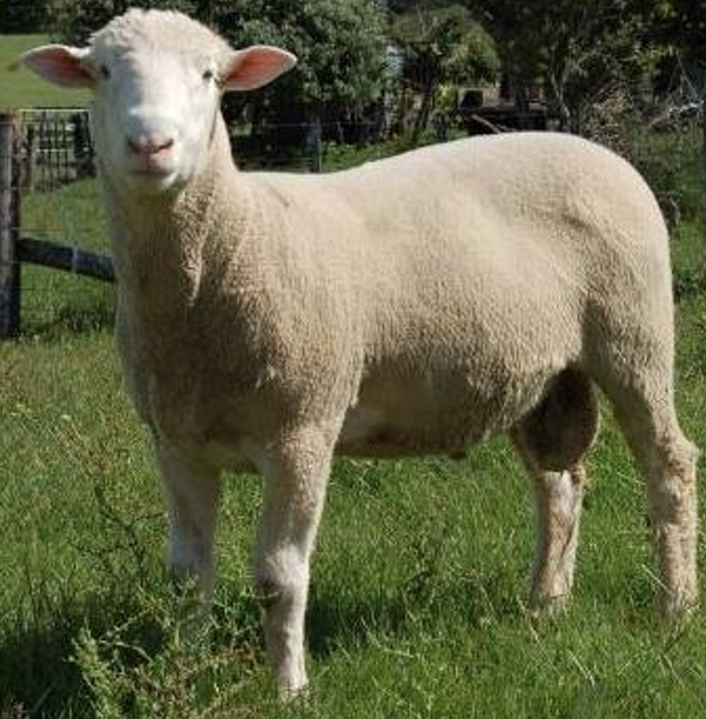
What Category does this sheep belong to?
It is a Dorset
Meat
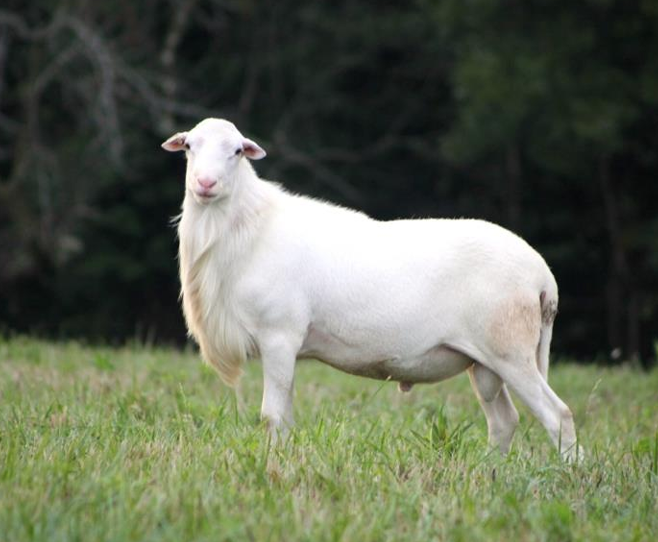
What is the Name and Category of this sheep?
St. Croix
Dorpcroix wouldn’t be wrong by Jackson’s standards
Hair